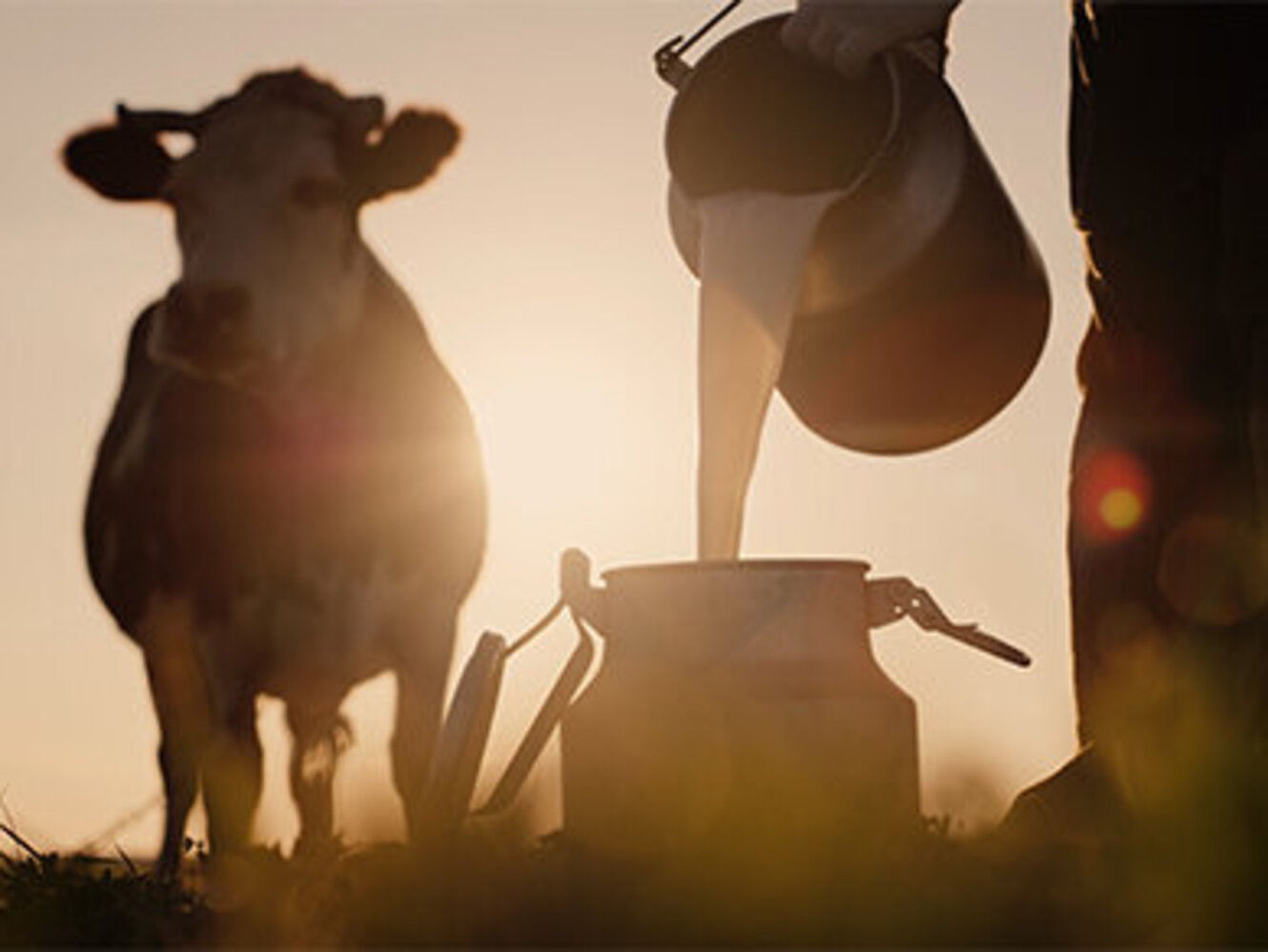Mastitis is udderly painful!

Mastitis is a common disease in dairy cattle that is often caused by infections of the udder with microorganisms and significantly impacts milk production and quality. While genetic factors have been implicated in mastitis susceptibility, the specific genetic markers associated with different pathogens remain elusive. Previous studies have identified several Single Nucleotide Polymorphisms (SNPs) associated with somatic cell count (SCC), a common indicator of mastitis. The Breeding Biology and Molecular Genetics Group (Gudrun Brockmann) investigated the association between these previously identified SNPs and the presence of three major mastitis pathogens: Escherichia coli, coagulase-negative staphylococci (CNS), and Streptococcus uberis. If you are curious how to use specific SNPs to predict pathogen presence or pathogen resistance, check out their Journal of Animal Breeding and Genetics Article!
Abstract
Mastitis in cattle is often caused by microorganism infections in the udder. The three most common pathogens are esculin-positive streptococci (SC+), coagulase-negative staphylococci (CNS), and Escherichia coli (E. coli). In a previous study, 10 SNPs were associated with somatic cell score and mastitis in diverse Holstein populations. We tested these SNPs for their effects on individual pathogen presence. Milk and pathogen samples of 3076 Holstein cows were collected from four farms. Samples were excluded if multiple pathogens were present at the same time. Records of the same pathogen within 14 days of each other were counted as one infection. This resulted in 1129 pathogen-positive samples. Cases and controls were in ratios of 20:80 for SC+, 8:92 for CNS, and 11:89 for E. coli. The lasso, backward, and forward methods were used to narrow down SNPs associated with pathogen presence. The suitability of the SNPs to separate the samples into cases or controls for each pathogen was indicated using ROC curves. The Cochran-Armitage (CAT) and the Jonckheere-Terpstra (JTT) tests evaluated the influence of the SNPs on pathogen presence. Finally, a generalised linear mixed model (GLMM) including fixed environmental effects and a random sire effect was fitted to the binary trait of pathogen presence to test for association. In total, six out of the 10 investigated SNPs showed associations with pathogen presence based on the forward method: Two SNPs each for SC+ (rs41588957, rs41257403) and CNS (rs109934030, rs109441194), and three for E. coli (rs109934030, rs41634110, rs41636878). The CAT and GTT tests linked four SNPs (rs41588957, rs41634110, rs109441194, rs41636878) to pathogen presence, two of which were confirmed with the GLMM (rs41634110, rs109441194), with effects on CNS and E. coli. The SNPs linked to CNS and those linked to E. coli explained 13.2% and 13.8% of the variance, compared to 19% and 18.4%, respectively, of the full model with all 10 SNPs. Half of the SNP genotypes previously linked to lower SCS also decreased the probability for pathogen presence and might therefore be targets not just for lower SCS but for a better pathogen resistance. Trial Registration: Not applicable, no new data were collected for this study.